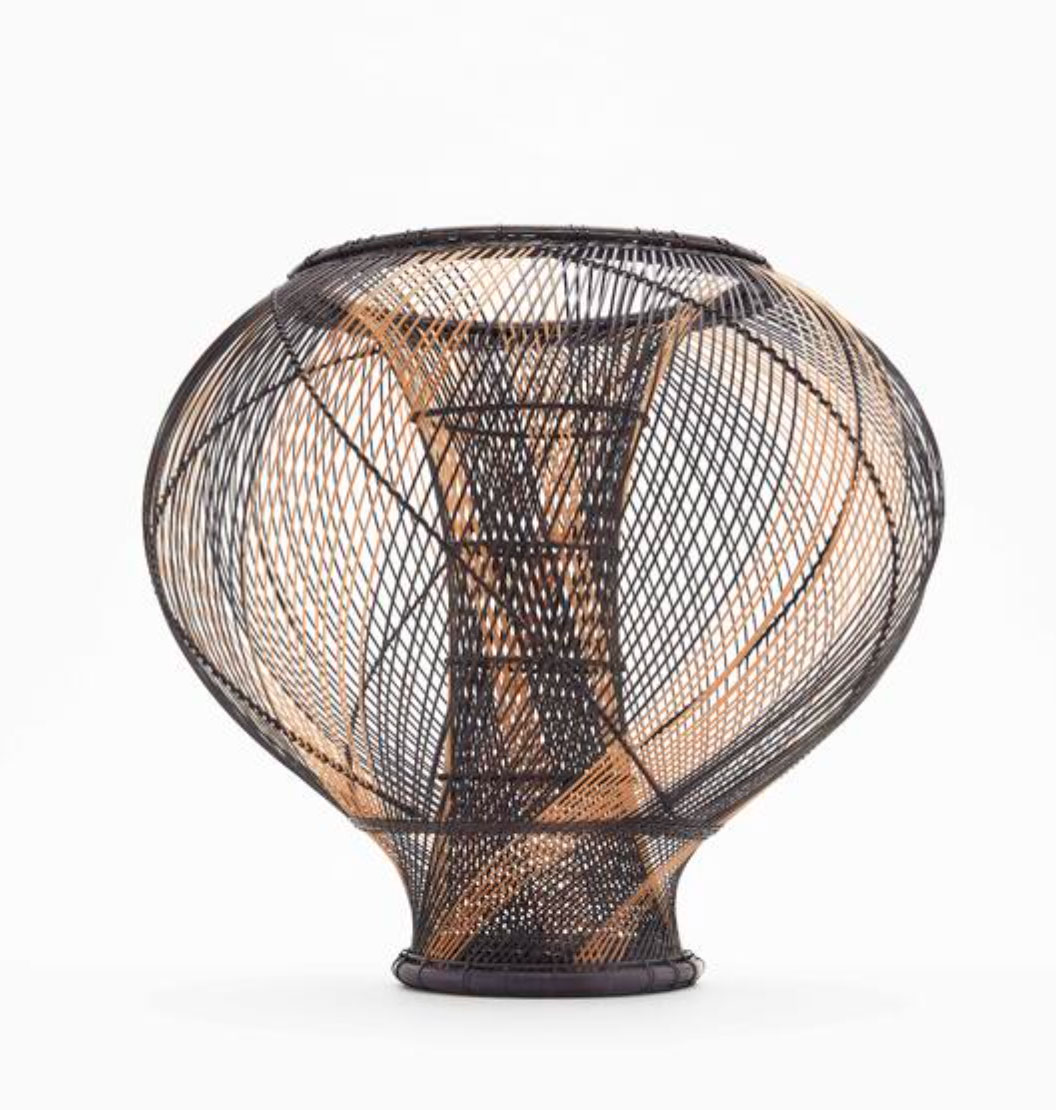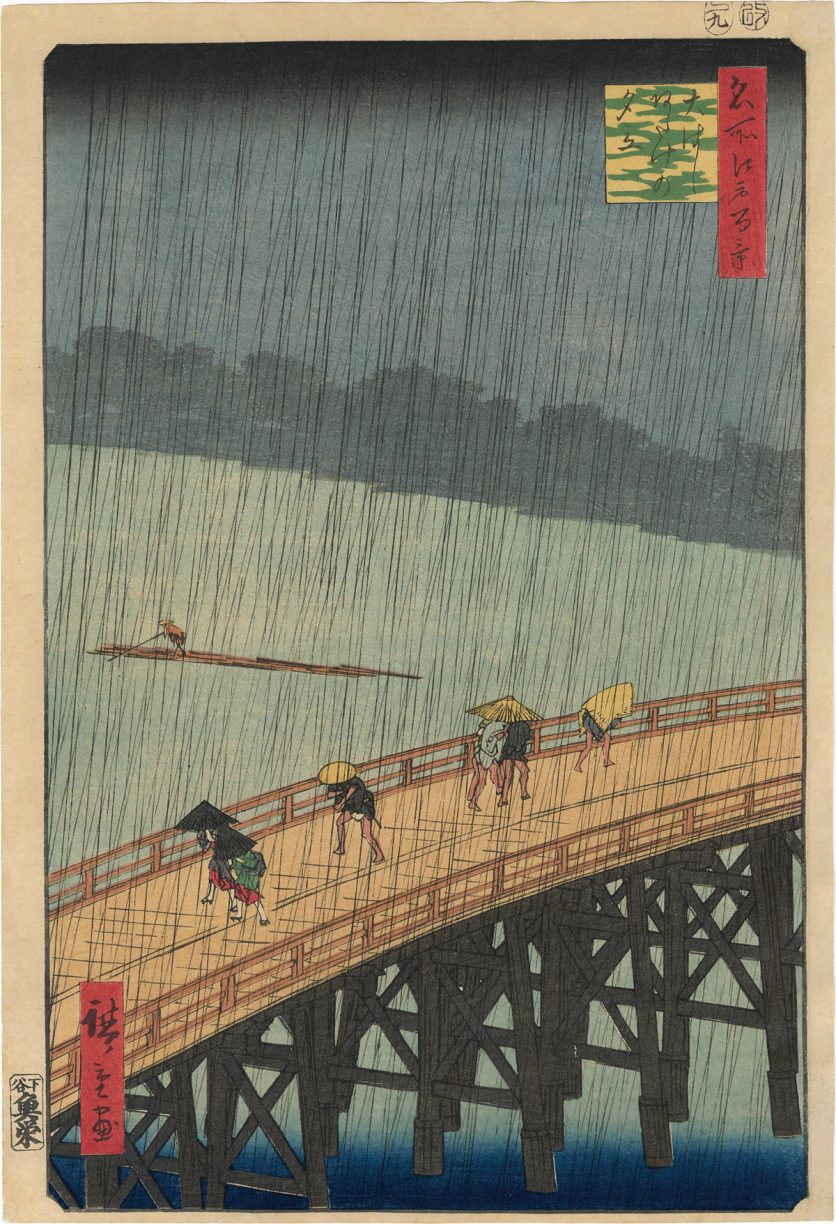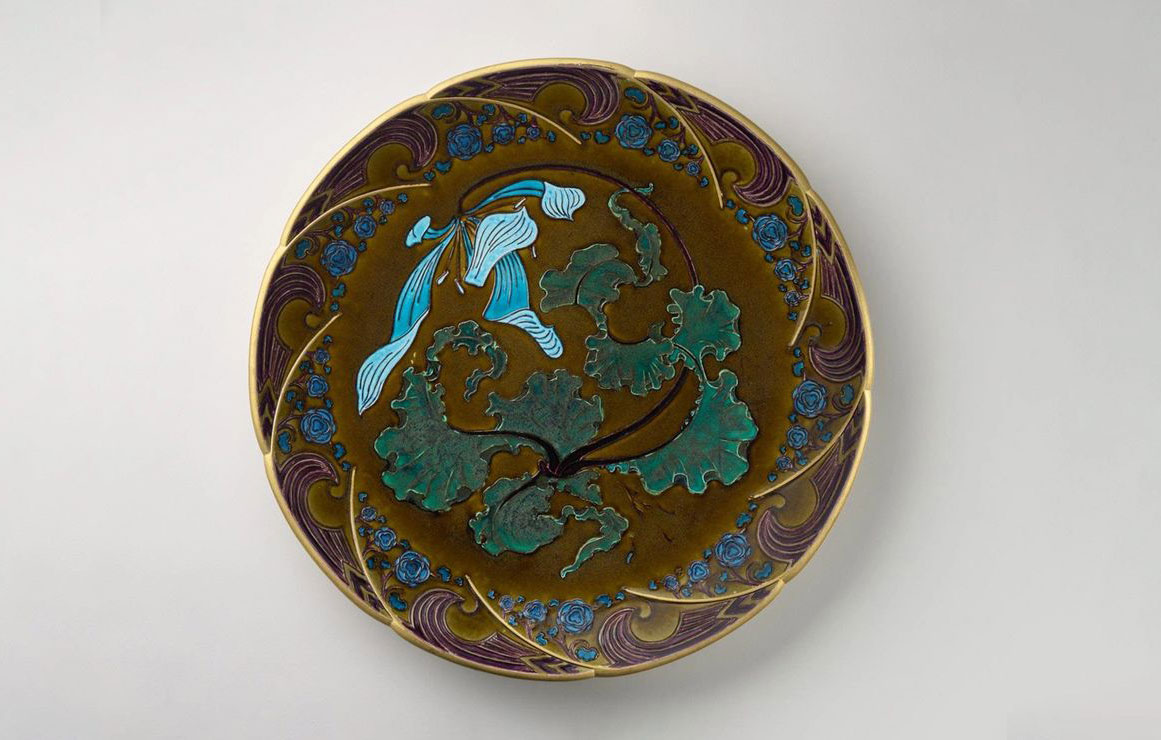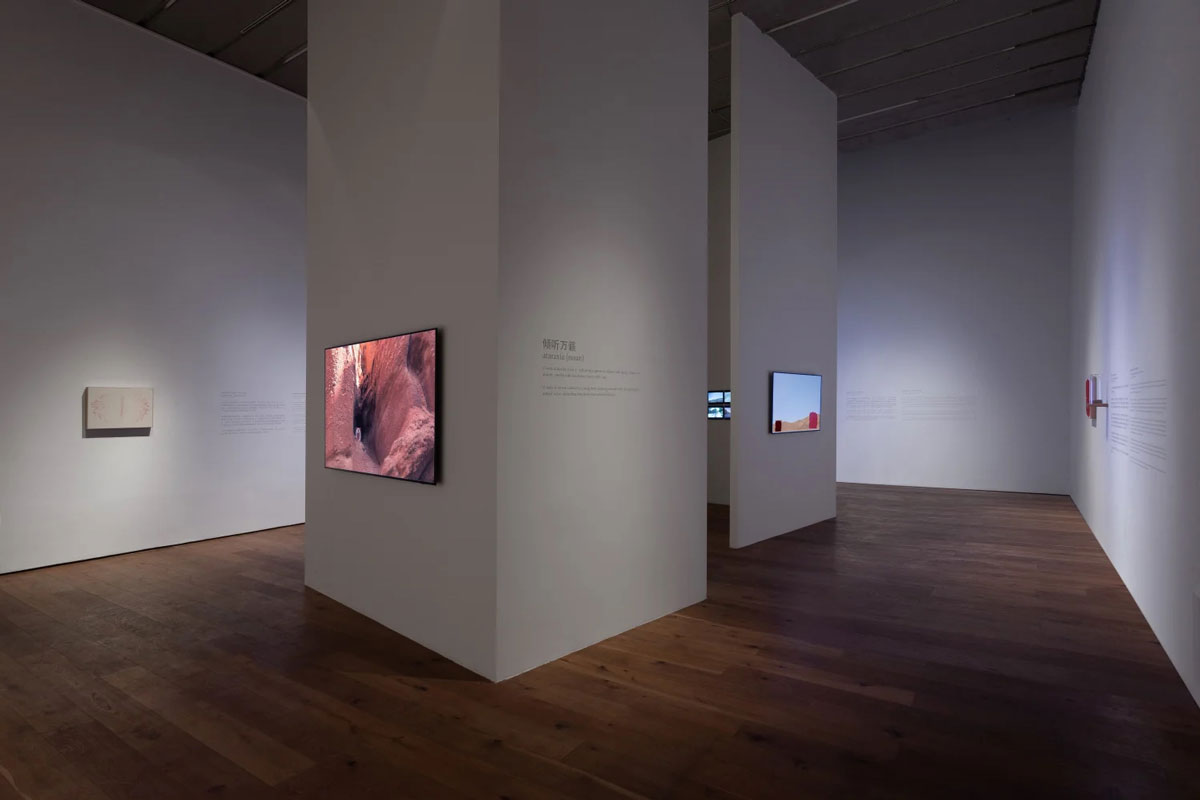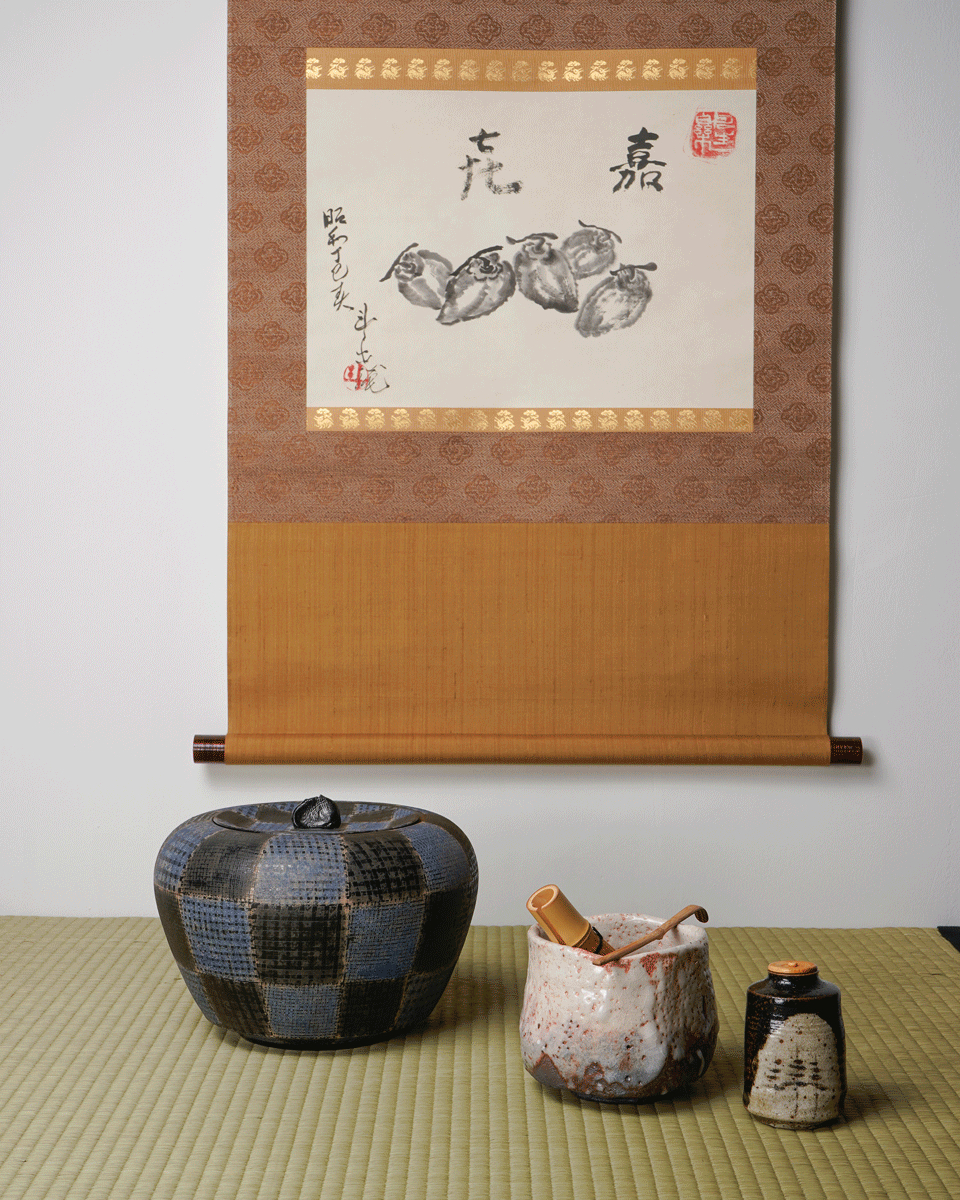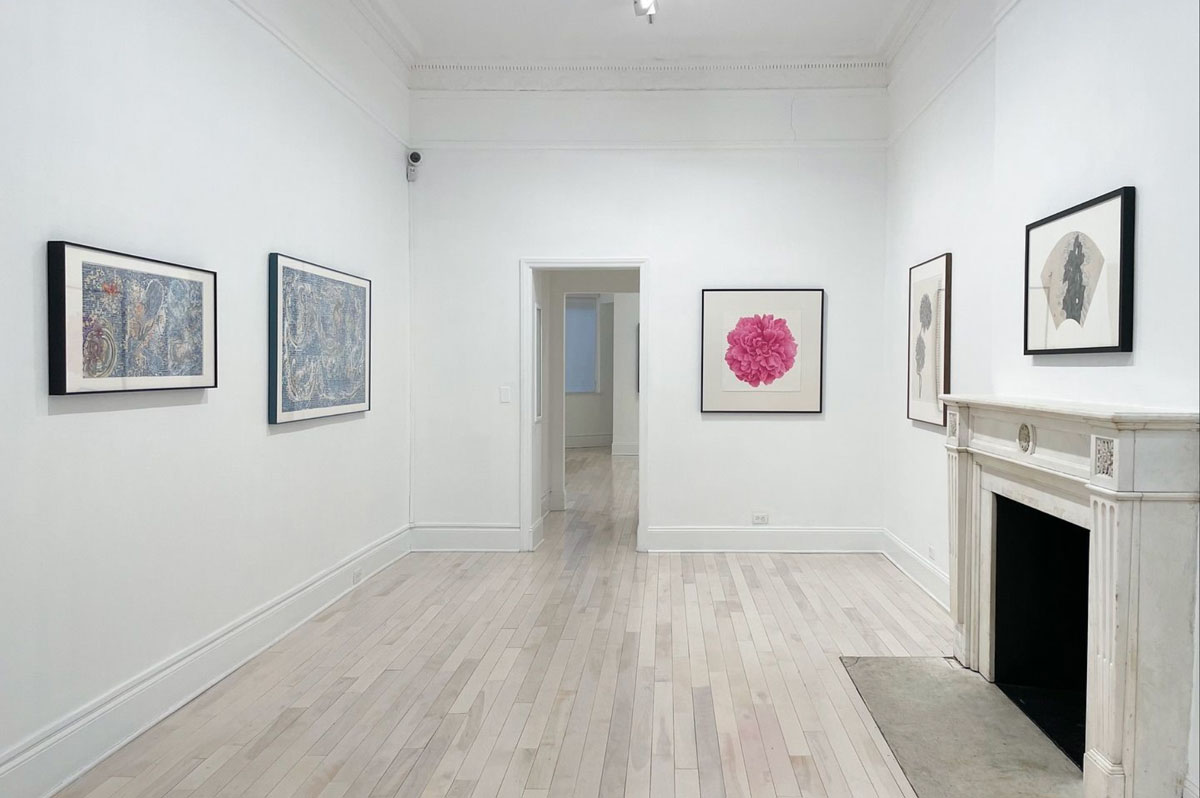
Asia Week New York is pleased to announce that the Autumn 2024 Edition will run from September 12–20 with an eye-catching array of online and in-person gallery exhibitions from twelve international Asian art galleries and sales at seven auction houses: Bonhams, Christie’s, Doyle, Freeman’s|Hindman, Heritage, iGavel, and Sotheby’s.
To mark the opening of Asia Week New York, a special webinar titled Four Centuries of Blue & White, with the noted decorative arts expert Becky MacGuire, author of Four Centuries of Blue & White: The Frelinghuysen Collection of Chinese & Japanese Export Porcelain will be held on September 11th at 5:00 p.m. EST. Stay tuned for further details.
Eleven of the galleries are simultaneously opening their doors to the public in New York, while two will present their exhibitions online.
Organized by category, here is a round-up of highlights at the galleries. For more information, please click on the link associated with each gallery’s name and to help plan out your days, click here for our handy map.
Ancient and/or Contemporary Chinese Art
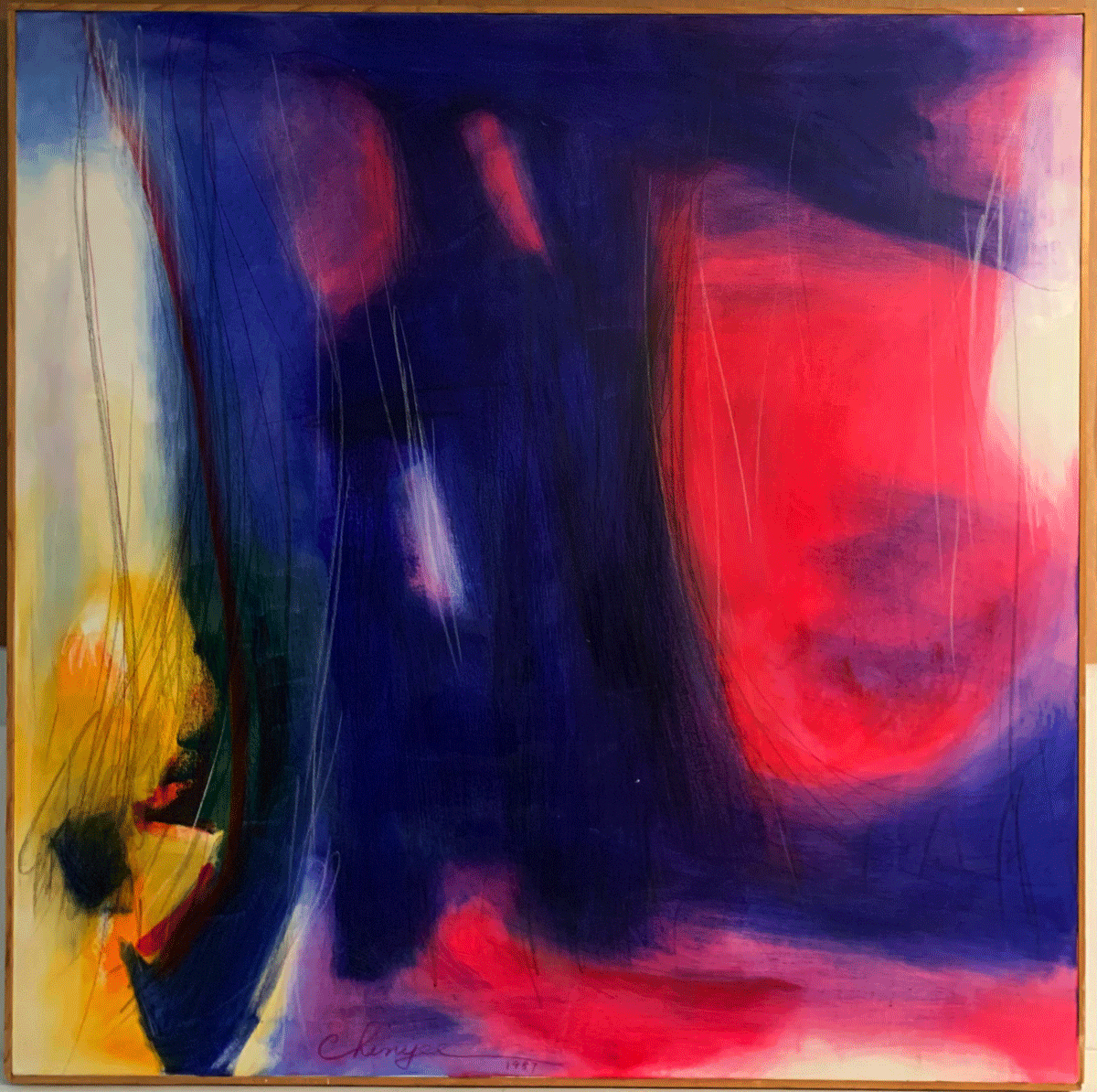
Chinyee 青意 (1929- 2023), Untitled, 1987, oil on canvas; Courtesy Alisan Fine Arts
Alisan Fine Arts
Chinyee: Enraptured By Color
Opening Reception: Thursday, September 5, 2024, 6-8pm
September 5–October 26, 2024
120 East 65th Street
Alisan Fine Arts presents Chinyee: Enraptured By Color, the fifth solo exhibition by the late Chinese American artist Chinyee (b. 1929 Nanjing, China) and the first solo exhibition of her work since she passed away last June. Chinyee’s work, often described as “Lyrical Abstraction”, is permeated with influences from both East and West with her loose, unformulated brushstrokes reflecting both Asian brush techniques and years of careful study of modern abstraction.
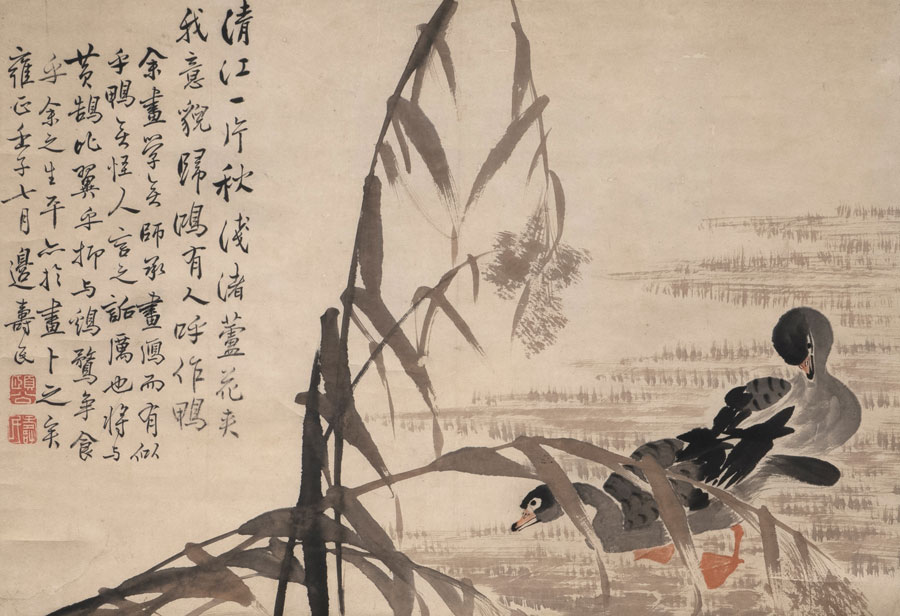
Bian Shoumin, Geese Returning to a Shallow Shore; Courtesy Fu Qiumeng Fine Art
Fu Qiumeng Fine Art
Transcultural Dialogues: The Journey of East Asian Art to the West
July 11–October 19, 2024
65 East 80th Street
On view at Fu Qiumeng Fine Art, Transcultural Dialogues: The Journey of East Asian Art to the West is a group exhibition that examines the artistic evolution of East Asian traditions as they entered the Western art world and emphasizes the exchange and interaction of visual languages and conceptual frameworks, particularly between traditional ink art and modern American art. Concurrently, a complementary exhibition, Asian-American Abstraction: Historic to Contemporary, will be presented at Hollis Taggart in Chelsea.

A Kosometsuke Dish with Rabbit Decor 青花(古染付)兔紋瓷盤, d: 8 1/4 in., h: 1 1/2 in., late Ming dynasty, 17th century Courtesy Kaikodo LLC
Kaikodo LLC
Autumn’s Accessories
Online only starting September 10, 2024
Kaikodo’s fall exhibition, Autumn’s Accessories, focuses on a selection of Chinese ceramics along with Chinese and Japanese paintings. Included among the former is a late Ming-dynasty underglaze-blue decorated dish created by Chinese potters for Japanese clients who would have greatly appreciated the novel “half” zone composition.

(Right) Dingyao Lobed Ewer with Applied Palmette Medallion Handle, early Northern Song Dynasty, 11th c. AD, China, height: 15.5 cm; (Left) Small Huozhou Ware Petaled Plate, Jin Dynasty, 1127-1279 AD, China, diameter: 11.5 cm; Courtesy Zetterquist Galleries
Zetterquist Galleries
White Wares from China and Vietnam
September 13–20, 2024
3 East 66th Street, by appointment
Taking center stage at Zetterquist Galleries is an exhibition of Chinese and Vietnamese white wares, featuring pieces from the renowned collection of Carl Kempe, one of the foremost collectors of early Chinese monochrome ceramics and porcelains. Highlights include two notable Northern Chinese white wares: an Early Northern Song Dynasty (11th c.) Dingyao Lobed Ewer with an Applied Palmette Medallion Handle, and a small Jin Dynasty (1127-1279 AD) Huozhou Ware Petaled Plate. The exhibition also showcases a range of Chinese ceramics from the Tang Dynasty to the Five Dynasties, with pieces from Ding, Xing, Houzhou, Cizhou, and Southern Chinese kilns, alongside Vietnamese works dating from the 11th to 16th centuries.
Ancient and/or Contemporary Japanese Art
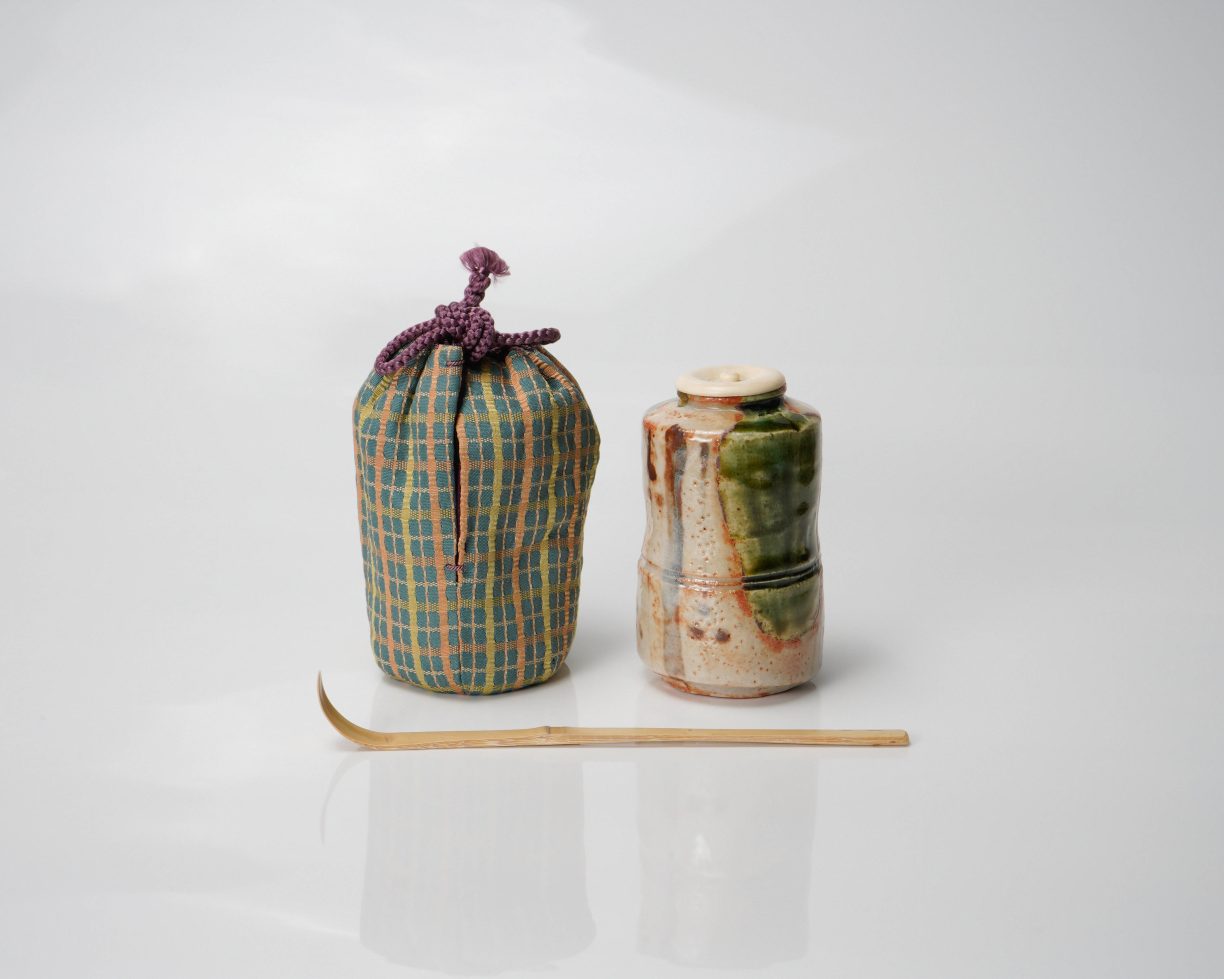
Nagae Koshi , Oribe tea caddy, stoneware, with signed wood box, h:9.5 × d:5.7cm; Courtesy Dai Ichi Arts, Ltd.
Dai Ichi Arts, Ltd.
The Craft of Tea: The Art of Contemporary Japanese Tea Ceramics
Opening Reception: Thursday, September 12, 4:30-6:30pm with Tea Service
September 12–20, 2024
18 East 64th Street, by appointment
Dai Ichi Arts, Ltd. features The Craft of Tea, an exhibition dedicated to modern and contemporary ceramics by master artists from Japan. These artists honor tradition and utility while showcasing their craft with contemporary expressions. They welcome
you to explore the ways in which the fine craftsmanship of modern Japanese ceramics can create new, contemporary ways of living with art.
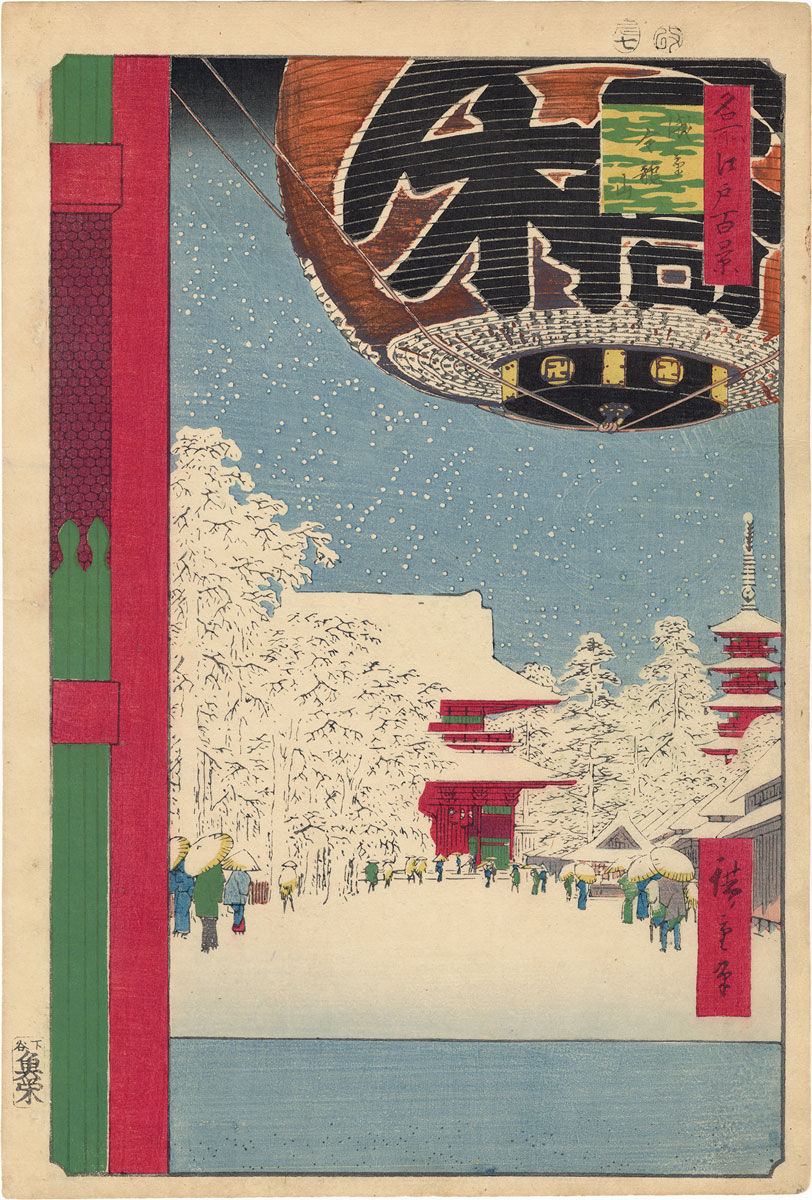
Utagawa Hiroshige, Kinryusan Temple at Asakusa From One Hundred Famous Views of Edo: Meisho Edo Hyakkei, 1856; Courtesy Egenolf Gallery Japanese Prints
Egenolf Gallery Japanese Prints
Hiroshige’s One Hundred Famous Views of Edo: Selected Works
Online only starting September 12, 2024
Egenolf Gallery Japanese Prints which will feature select works from Utagawa Hiroshige’s groundbreaking series 100 Famous Views of Edo, the artist’s final masterwork, redefining the landscape genre in 19th c. Japanese woodblock printmaking. The exhibit includes masterpieces that greatly influenced Western art and artists.
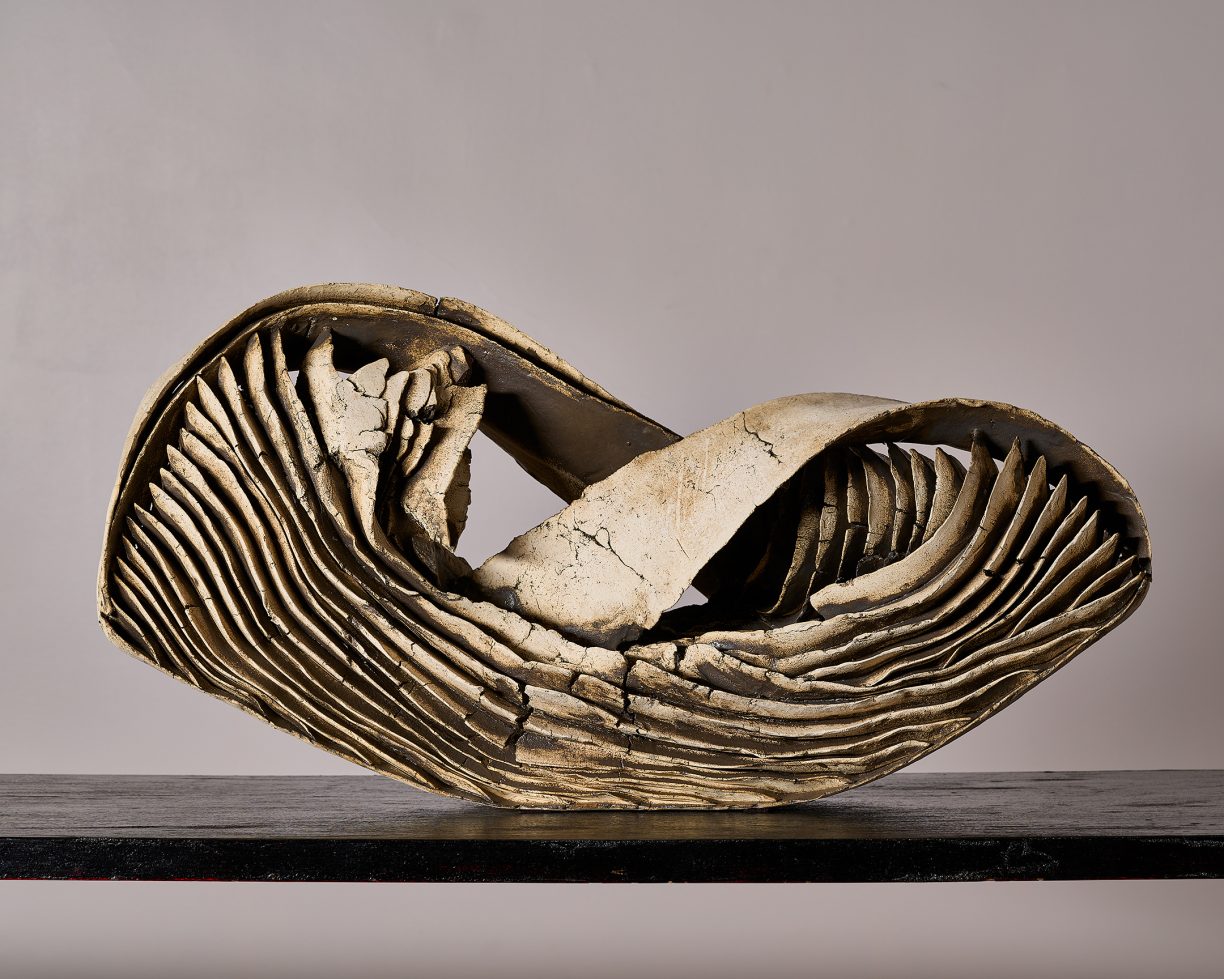
Sekisoh, 2020, ceramic, h:15.74 x w:30.7 x d:8.66 in.; Courtesy Ippodo Gallery
Ippodo Gallery
Expanding Earth: New Works by Yukiya Izumita
Opening Reception with Artist: Thursday, September 12, 6-8pm (RSVP required)
September 12–October 3, 2024
32 East 67th Street
Ippodo Gallery presents Expanding Earth: New Works by Yukiya Izumita, the leading ceramicist’s return to New York for his fifth solo exhibition in the United States. Over 40 of Izumita’s latest laminatelayered sculptures, flat-folded vases, and tea bowls are on view. Izumita’s unseen sceneries of earthen formations demonstrate his capacity to push the physical constraints of hand-built ceramic and miraculously defy the laws of gravity withstanding the intensity of the anagama tunnel-kiln fire.
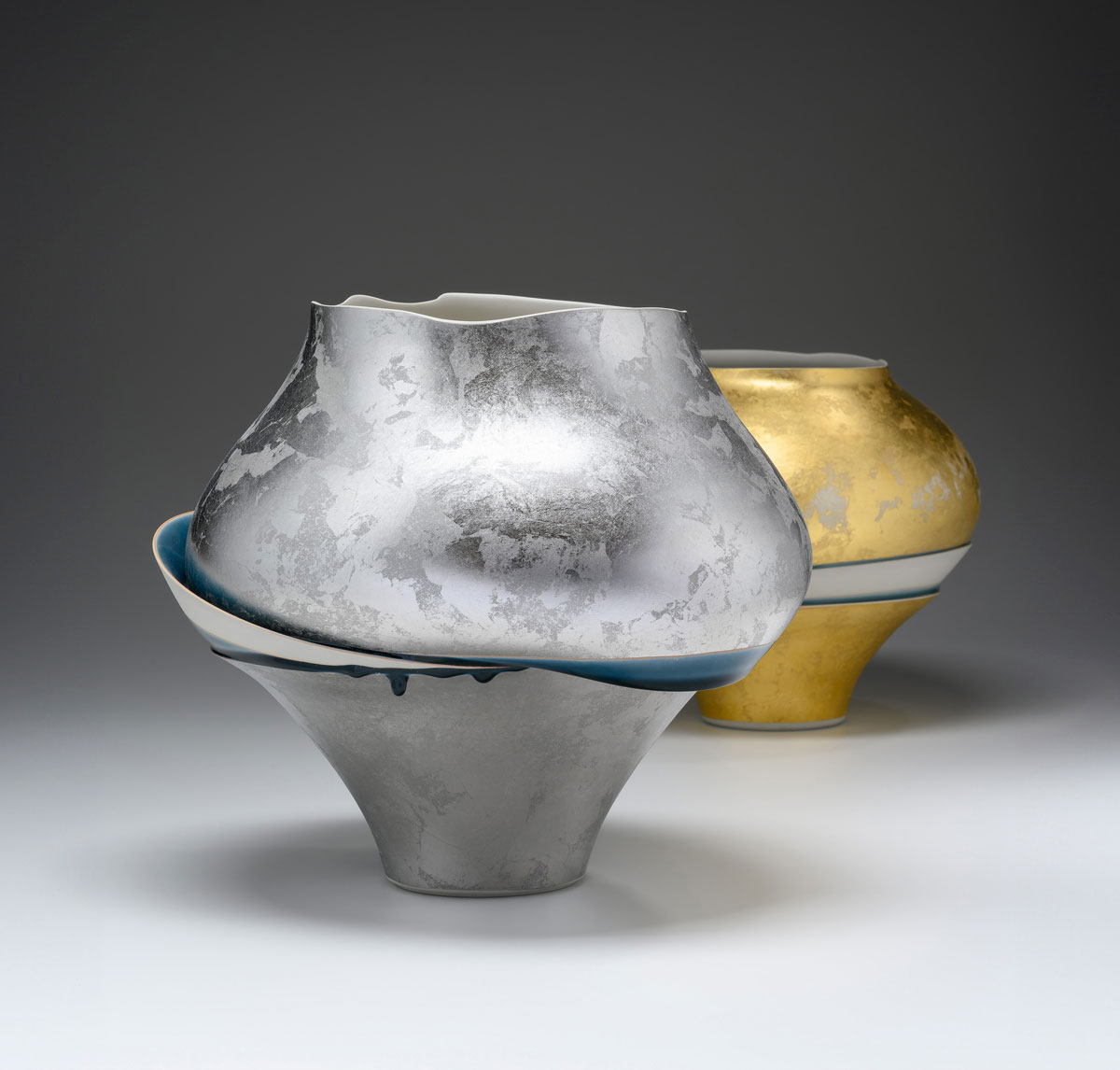
Fukumoto Fuku (b.1973), Sun and Moon, 2024, glazed porcelain sculptures with either gold or platinum leaf and dust; Sun (gold): 10 3/8 x 15 5/8 x 11 3/4 in.; Moon (platinum): 12 5/8 x 15 1/8 x 13 1/4 in.; Photography by Okawara Hikari; Courtesy Joan B Mirviss LTD
Joan B Mirviss LTD
Quiet Elegance: The Ceramics of Fukumoto Fuku
September 13–October 25, 2024
39 East 78th Street, 4th floor
Quiet Elegance: The Ceramics of Fukumoto Fuku, at Joan B Mirviss LTD, will feature over two dozen of the ceramist’s captivating sculptures and teabowls. Celebrated for her remarkably thin, gracefully shaped, porcelain sculptures, the radiant, unglazed surfaces punctuated by glistening glazes in tones of blue ranging from the deepest cobalt or teal to powder blue or soft gray is often complemented by the addition of gold or platinum leaf.
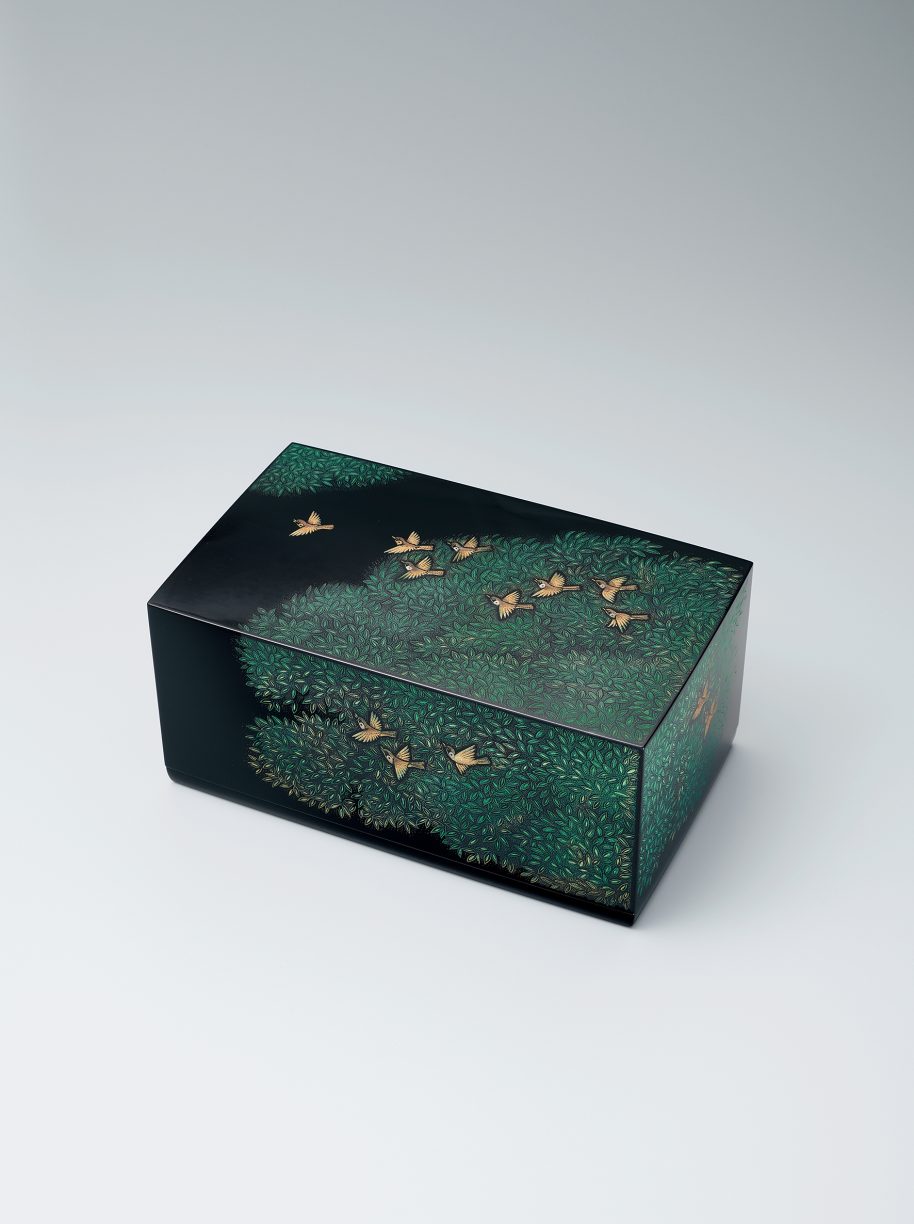
Mae Fumio (b. 1940), Living National Treasure, Kunpu (Summer Breeze), 2023, Box with Design in Chinkin, wood, gold powder, and urushi lacquer, h: 4 3/4 x w: 10 5/8 x d: 6 1/4 in.; Courtesy Onishi Gallery
Onishi Gallery
The Spirit of Noto: Urushi Artists of Wajima and Waves of Resilience
Preview: Mid-September, 2024 (dates forthcoming)
October 3–25, 2024
16 East 79th Street
In partnership with KOGEI USA, a nonprofit organization dedicated to promoting Japanese art abroad, Onishi Gallery presents two concurrent exhibitions: The Spirit of Noto: Urushi Artists of Wajima and Waves of Resilience. In collaboration
with the Wajima Lacquer in New York Executive Committee, 10% of sales will support earthquake recovery efforts in the Noto Peninsula, a historic hub of fine lacquer craftsmanship. The Spirit of Noto showcases works by three Living National Treasures and twelve exceptional local artists, all utilizing urushi, the sap of the Japanese lacquer tree, while Waves of Resilience features luxury tableware designed, curated, and directed by New York-based interior designer Melissa Bowers, in partnership with Senshudo, a renowned Wajima lacquerware company. This exhibition celebrates Noto’s coastal beauty and the enduring strength of its people.
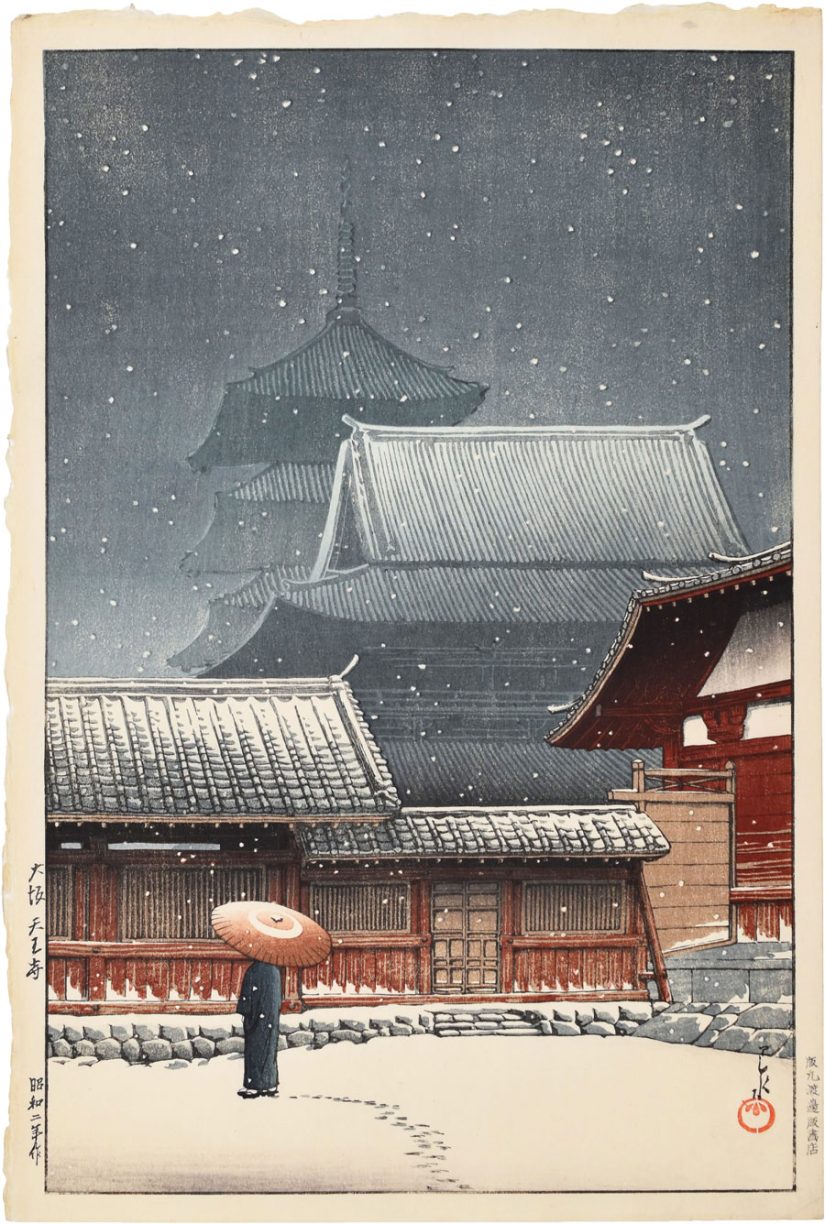
Kawase Hasui (1883-1957), Souvenirs of Travel, Third Series: Tennoji Temple in Osaka, 1927, woodblock print, 15 1/4 by 10 1/4 in.; Courtesy Scholten Japanese Art
Scholten Japanese Art
TREASURED VIEWS: The Stipanich Collection of Kawase Hasui Woodblock Prints
September 12–20, 2024
145 West 58th Street, Suite 6D, appointments appreciated
Scholten Japanese Art is exhibiting TREASURED VIEWS: The Stipanich Collection of Kawase Hasui Woodblock Prints, a choice group of landscape prints by the 20th century shinhanga master. The collection was assembled by Neil and Nancy Stipanich, who as a young married couple in the mid-1970s lived in Jakarta, Indonesia, and traveled extensively in Asia during their time abroad. A 1976 trip to Japan where they even climbing Mount Fuji to see the sunrise, sparked a love of Japanese art that continued throughout their lives together. These landscape woodblock prints by Kawase Hasui were a particular passion of Neil’s, and after his sudden passing, his family have decided to release them into the world for new collectors to treasure.
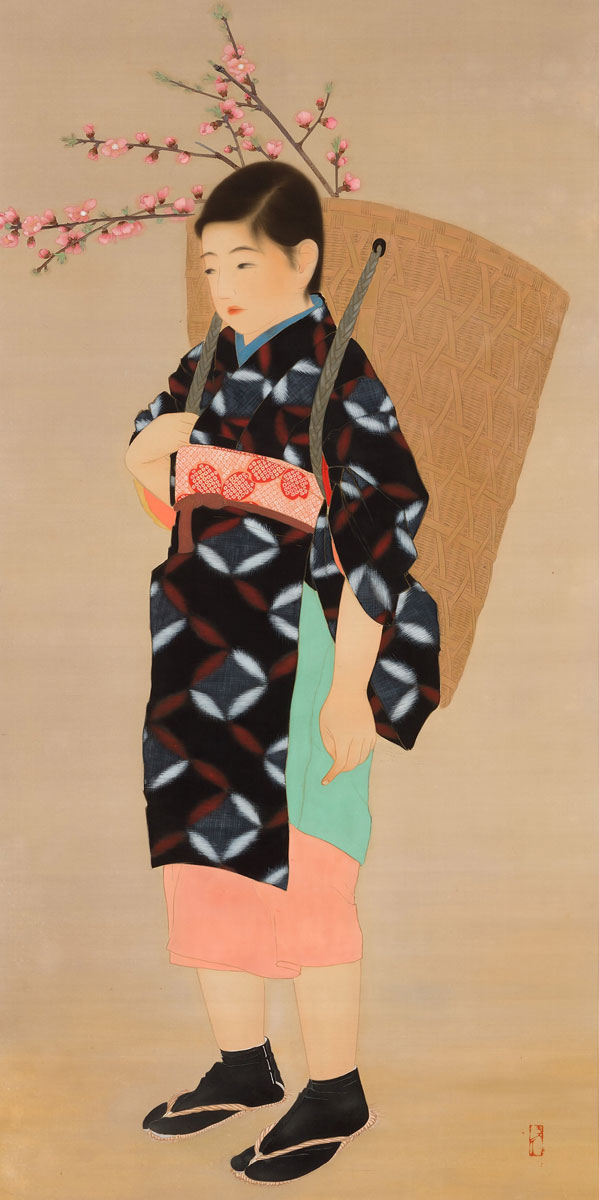
Girl with Flowering Plum Branches, Nihonga artist, 1920s, Japan, hanging scroll; ink and mineral colors on silk, overall size: 93¼ x 37 in.; Courtesy Thomsen Gallery
Thomsen Gallery
Nihonga: Japanese Pre-War Paintings
September 12–20, 2024
9 East 63rd Street, 2nd floor
The exhibition at Thomsen Gallery focuses on folding screens and hanging scroll paintings from the Taisho era (1912-26) and early Showa era (1926-1989), a time of great change for Japan and its arts. Superb works were created for the domestic market, in contrast to the export-oriented output during the preceding Meiji era (1868-1912). Artists often experimented with new materials and perspectives shifting to more naturalistic botanical studies.
Ancient and Contemporary Korean Art
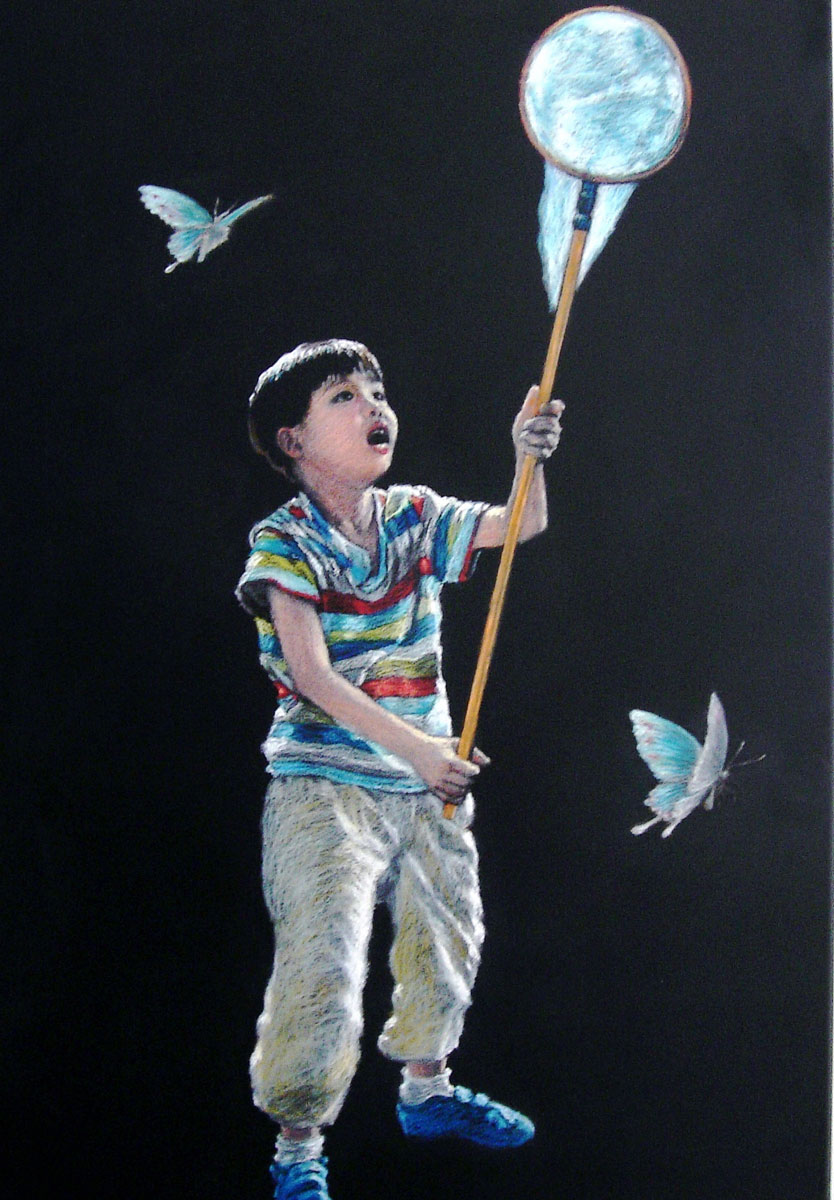
Myong Hi Kim, Butterfly boy, 2006, oil pastel on chalkboard, 20.4 x 14.1 in.; Courtesy HK Art & Antiques LLC
HK Art & Antiques LLC
Autumn Group Exhibition
September 27–October 16, 2024
49 East 78th Street, by appointment
HK Art and Antiques LLC presents Autumn Group Exhibition which features selected works by contemporary Korean artists such as Yong-Ik Cho, Ouhi Cha, Sooyeon Hong, Myong Hi Kim, Su Kwak, Tchah Sub Kim., Elizabeth Keith, Geejo Lee, and Bohnchang Koo.


